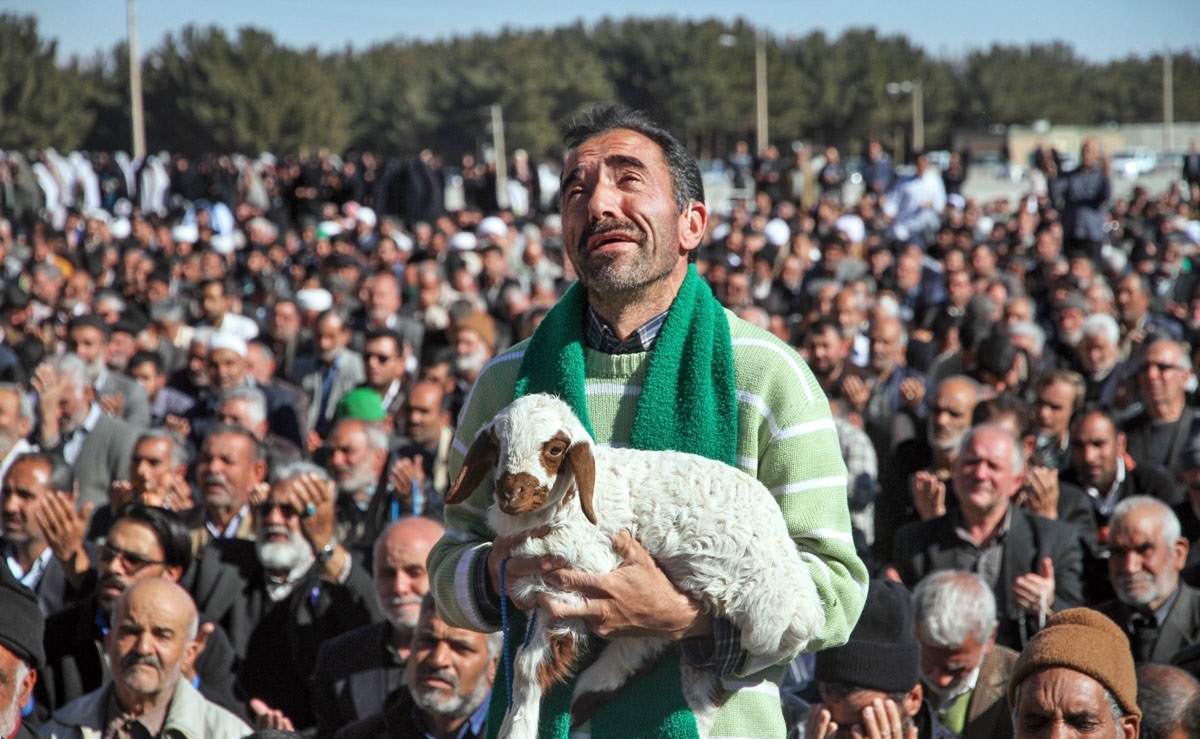Iranians in cities across the Caspian region country have held public prayer services asking God to bestow rain upon their farms and lands, hoping areas long suffering from low precipitation and a prolonged drought are given some divine, wet, relief.
On January 15 and Friday – the traditional day for Islamic weekly services – the 19th, religious rituals asking Allah to bring rain were held in the cities of Birjand and Qaen, located in the eastern province of South Khorasan on the Afghan border; Zabol, in the southeastern province of Sistan-Baluchestan; and Qom, in central Iran, according to Iran’s Keyhan news agency.
Leading a sermon in Birjand, cleric Hojjat-ol Eslam Seyyed Bagher Asadi called the drought a “natural disaster,” saying they were “divine warnings to people”, adding that “prostitution, violence, lies and all kinds of sins in society have grown and we have become indifferent.”
The rainfall in South Khorasan, Qom, Yazd, Chaharmahal-Bakhtiyari and Isfahan provinces has declined by over 90 percent from just one year ago, and over 50 percent of the South Khorasan province has been affected by water shortages and severe drought, according to various Iranian media reports.
According to the country’s meteorological organization, Iran has experienced a 56 percent decrease in average precipitation over the period from September 23 to December 25 compared to the same period in the long run.
Iran’s Deputy Minister of Water and Wastewater Affairs Rahim Meidani had said Iran was experiencing a record long-term decline in rainfall in all of its major basins, including Iran’s central plateau, the areas along the Gulf coast, and the Caspian. On January 14, Meidani reported that the most recent declines in rainfall in Iran were unprecedented within the last 50 years, explaining that if this continues, the ministry will have problems with generating power at Iran’s hydroelectric power plants during months of peak electricity demand, in the summer.
According to the director of Iran's Drought and Crisis Management Center, Shahrokh Fateh, 96 percent of the country is experiencing prolonged drought conditions.
Experts say water shortages can be attributed to climate change, rapid population growth and overuse of water, wasteful agriculture practices, mismanagement, and poor planning.
Meir Javedanfar, a professor of Iranian politics at the Interdisciplinary Center Herzliya, Israel, described the water shortage problem as a reason for the start of the recent wave Iranian protests that broke out on December 29 and rocked the country for the first time in no way since the 2009 presidential election.
"People believe that this is yet another major crisis the country is facing, and the people at the top are too incompetent and too corrupt to care," Javedanfar said, according to the Los Angeles Times.
At least 21 protesters and two security officers were killed in the protests, and roughly 1,000 demonstrators were arrested.
An Iranian social media movement called “Change the budget in favor of the people” is demanding a reduction in appropriations for Iran’s Islamic Revolution Guard Corps and religious institutions, saying that the money would be better spent to manage Iran’s dwindling water reserves.







 Russian peacekeeping forces, deployed in the Karabakh (Garabagh) region of Azerbaijan since 2020, have commenced their withdrawal from the area.
Russian peacekeeping forces, deployed in the Karabakh (Garabagh) region of Azerbaijan since 2020, have commenced their withdrawal from the area.
 The number of evacuees from flooded areas in Kazakhstan has reached 97,852 people, including about 32,856 children since March 27.
The number of evacuees from flooded areas in Kazakhstan has reached 97,852 people, including about 32,856 children since March 27.
 Azerbaijan officially unveiled the logo for the upcoming 29th session of the Conference of the Parties to the United Nations Framework Convention o...
Azerbaijan officially unveiled the logo for the upcoming 29th session of the Conference of the Parties to the United Nations Framework Convention o...
 The Kazakh authorities have increased their arbitration claims against international oil companies involved in the development of the Kashagan oil ...
The Kazakh authorities have increased their arbitration claims against international oil companies involved in the development of the Kashagan oil ...



